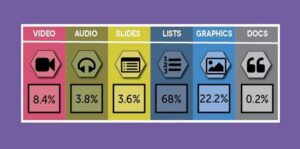
How Personalized Journeys Elevate The Employee Experience
Sponsored by Firstup For years, Gallup has tracked global employee engagement. Although the trend line has improved somewhat over the past decade, still only 23% of

Sponsored by Firstup For years, Gallup has tracked global employee engagement. Although the trend line has improved somewhat over the past decade, still only 23% of

It may seem like a fine line between #TChat events and controlled chaos, but there’s more here than meets the eye. Our community considers the why and how of crowdsourcing

How does your digital content compare with popular blogs? And what can you do to improve? See what a TalentCulture audit revealed, and request a free audit for your site…